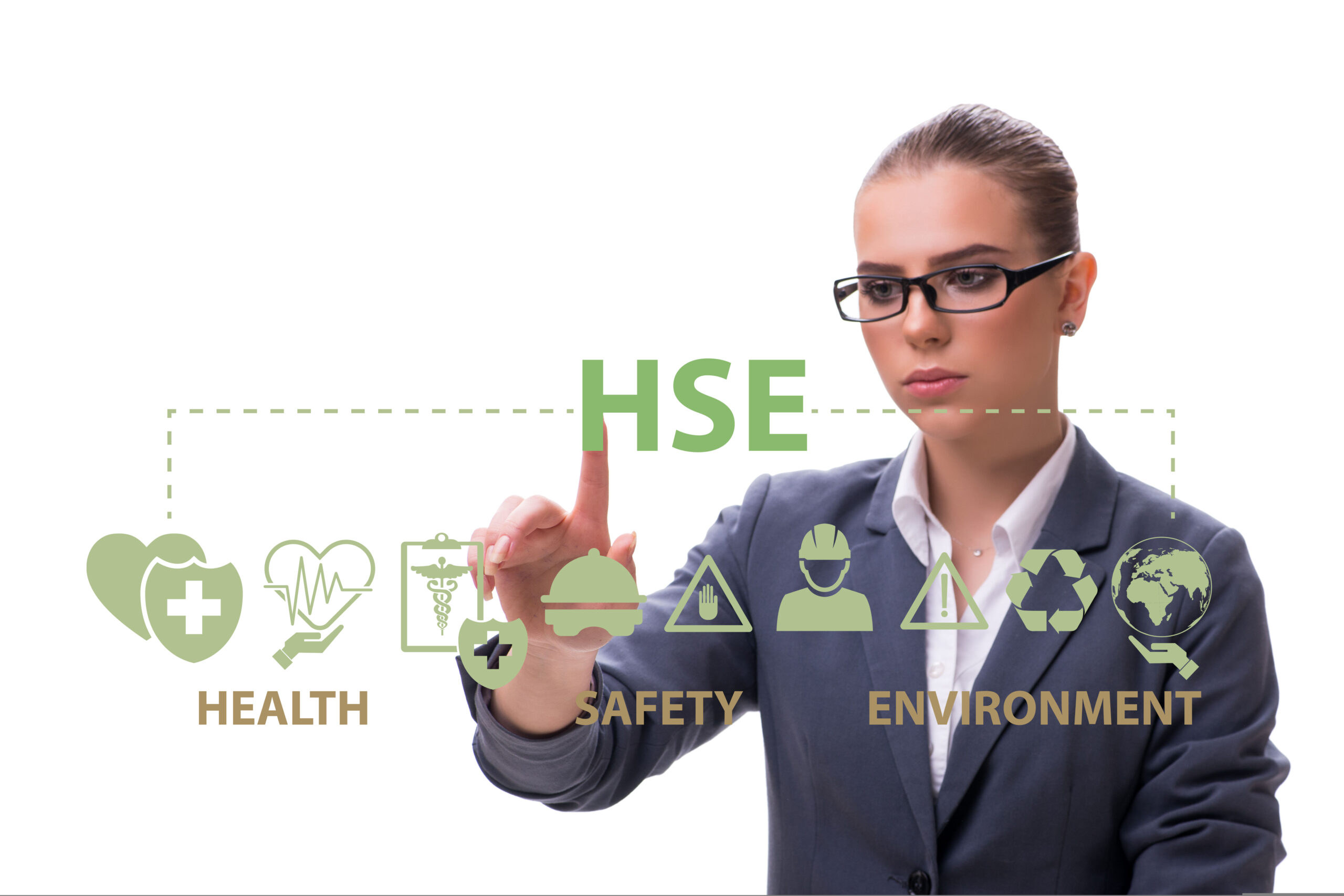As businesses recover from the slump caused by the ongoing global health crisis, it is evident that the continual development of the environment, health, and safety (EH&S) programs is a crucial aspect of business success. Though listing every possible EH&S mishap and how to prevent them would be a task without end (given the variety of working conditions and environments), thanks to the rich dialogue between EH&S professionals in different industries over the years, common reasons for EH&S program failings have been identified. The following is a list of the top 3 EH&S red flags to look out for in efforts to maintain a safe and healthy environment for the workforce.
1. Poor Communication
As the primary drivers of company operations, employees must be able to give input for the processes involved in maintaining a safe work environment. Safety managers can learn a lot from the experiences of the people on the ground when formulating practical safety rules. However, employees can find it difficult to communicate openly about safety issues with their supervisors because of a fear of any punitive action by the management. This scenario creates an echo chamber, where nothing new is ever said, even when safety measures are outdated or ineffective. This can result in repeat incidents. The key to avoiding this is for EH&S managers to foster open communication with other employees.
Better communication can be accomplished by engaging in safety conversations with employees. These will also serve to keep employees refreshed on different safety protocols and standards in the office or the facility. EH&S managers should use one-on-one or small group meetings as an opportunity to ask for feedback on the safety program. Following through on employee feedback can take the form of acknowledging comments during the next meeting. This is an important step, especially regarding comments that cannot be immediately acted upon, to assure employees that their concerns are heard and taken seriously. The US Occupational Safety and Health Administration (OSHA) maintains that addressing worker feedback and incorporating it into the discussion gives a sense of shared ownership of safety rules, making them more acceptable to the workforce. Over time, these exchanges between management and employees can help create a culture of safety that is held together, not by safety absolutes, but by a shared desire to create a safe working environment.
2. Inadequate Hierarchy of Controls
While open communication is key to maintaining awareness of hazards in the workplace, action is required to resolve the issues that lead to injuries and other adverse effects. As such, the US National Institute for Occupational Safety and Health (NIOSH) puts engineering controls at the top of its list of things to prioritize when working to ensure employee safety and health. By eliminating, substituting, or isolating workplace hazards, management can lessen the probability of workers being exposed to danger and significantly reduce the risk of injury. However, this is easier said than done, especially in industrial work environments. In some cases, safety issues arise in an established facility, where the elimination or substitution of processes is no longer feasible. In such cases, the more practical solution is to isolate hazardous processes by building protective barriers around the compromised asset or integrating systems that enable workers to remotely operate. While additional infrastructure may mean additional costs, this can be offset by introducing more efficient advancements that save operation costs over the long term.
3. Cumbersome & Ineffective EH&S Reporting Tools
Lastly, an EH&S reporting system that is tedious or requires specific training to use can make adopting safety protocols and implementing engineering controls more difficult. Using simple spreadsheets to handle EH&S reports can be time-intensive and inefficient, especially when managing a large organization. Manual methods make it difficult to collate data and extract trends that EH&S managers need to formulate or modify safety protocols. In addition, the effort and understanding it takes to manually input details into government regulatory forms translate to a greater probability of erroneous data entry, which can lead to citations and penalties.
Since developing a holistic EH&S program requires incorporating data from lessons learned, the ability to store and access these details easily is critical. This is where a comprehensive EH&S management system is most beneficial. Not only does it have the capacity to store and collate data, but it also encourages reporting with its easy-to-use interface. Some EH&S management systems can also conduct data analytics from EH&S incident reports. Management can use this feature to identify patterns in the safety practices of employees. In addition, these advanced management systems can automatically output incident data with OSHA reporting forms, thereby minimizing the chances of human error.
With EH&S concerns rightfully receiving an increase in C-suite attention, it is an opportune time to avoid the common stumbling blocks in achieving a safe and healthy workplace and hone those decisions that EH&S professionals have encountered less often. The processes for identifying safety communication issues and addressing lapses in engineering controls in the workplace can now be more easily managed. Additionally, using EH&S management software to help with incident reporting makes it easier for all employees to “own” the means of encouraging a safer and healthier workplace.
Author Bio
The SafetyStratus Research Advisory Group (RAG) brings together thought leaders from the global environmental, health, and safety community to promote best practices and provide key insights in the profession and the industries they serve. The Research Advisory Group also advocates, where practical, the intersection of and advances with the use of technology, such as the SafetyStratus enterprise EHS software platform. Group membership consists of representatives from across varied disciplines and market sectors as well as select members of the SafetyStratus team.
The primary objectives of the SafetyStratus RAG partnership are to:
- Build a strategic partnership between EHS practitioners and the SafetyStratus team.
- Provide engaging and practical content to the global EHS community.
- Provide discipline and market feedback specific to SafetyStratus products and services.
While the objectives of the RAG are varied, the primary public-facing outcome will be available through engaging and practical content found on the SafetyStratus resource pages. Various articles, papers, and other valuable resources will be produced and shared as part of an ongoing effort to cultivate a robust community. Ultimately, the SafetyStratus RAG will expand to have a broader reach and provide opportunities for more inclusion by all interested EHS professionals in a collaborative community environment.
References
Habekost, C. (2020). OSHA 300A Form: Common Mistakes Employers Make |. Bugbeelawyers.com. Retrieved 20 September 2022, from https://www.bugbeelawyers.com/osha-300a-form-common-mistakes-employers-make/.
National Institute for Occupational Safety and Health (NIOSH). (2022). Hierarchy of Controls. Retrieved 20 September 2022, from https://www.cdc.gov/niosh/topics/hierarchy/.
Occupational Safety and Health Administration. (2016). Recommended Practices for Safety and Health Programs.Retrieved from https://www.osha.gov/sites/default/files/publications/OSHA3885.pdf
Usrey, C. (2022). Safety Absolutes: Do better than zero-tolerance | SafetyStratus.Retrieved 20 September 2022, from https://www.safetystratus.com/blog/are-safety-absolutes-absolute/.



